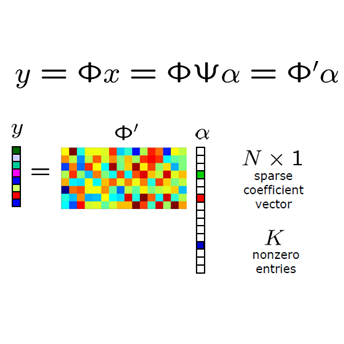The emerging technology of snapshot compressive imaging (SCI) enables capturing high dimensional (HD) data in an efficient way. It is generally implemented by two components: an optical encoder that compresses HD signals into a 2D measurement and an algorithm decoder that retrieves the HD data upon the hardware-encoded measurement. Over a broad range of SCI applications, hyperspectral imaging (HSI) and video compressive sensing have received significant research attention in recent years. Among existing SCI reconstruction algorithms, deep learning-based methods stand out as their promising performance and efficient inference. However, the deep reconstruction network may suffer from overlarge model size and highly-specialized network design, which inevitably lead to costly training time, high memory usage, and limited flexibility, thus discouraging the deployments of SCI systems in practical scenarios. In this paper, we tackle the above challenges by proposing a simple yet highly efficient reconstruction method, namely stacked residual network (SRN), by revisiting the residual learning strategy with nested structures and spatial-invariant property. The proposed SRN empowers high-fidelity data retrieval with fewer computation operations and negligible model size compared with existing networks, and also serves as a versatile backbone applicable for both hyperspectral and video data. Based on the proposed backbone, we first develop the channel attention enhanced SRN (CAE-SRN) to explore the spectral inter-dependencies for fine-grained spatial estimation in HSI. We then employ SRN as a deep denoiser and incorporate it into a generalized alternating projection (GAP) framework -- resulting in GAP-SRN -- to handle the video compressive sensing task. Experimental results demonstrate the state-of-the-art performance, high computational efficiency of the proposed SRN on two SCI applications.
翻译:光速压缩成像(SCI)的新兴技术使光速压缩成像(SCI)能够以高效的方式捕捉高维(HD)数据。它通常由两个部分实施:一个光学编码器,将HD信号压缩成2D测量,一个算法解码器,在硬件编码测量中检索HD数据。在广泛的SCI应用中,超光谱成像(HSI)和视频压缩感测在最近几年引起了大量的研究关注。在现有的SCI重建算法中,深层基于空间空间的学习方法与其有希望的性能和高效的推断。然而,深层重建网络可能因模型规模过大和高度专业化的网络设计而受到影响,这不可避免地导致花费昂贵的培训时间、高记忆使用率和有限的灵活性解码器,从而阻止SCI系统在实际情况下的部署。在本文中,我们提出了简单而高效的重建方法,即堆积的残余网络,通过嵌成的内嵌式的网络和空间的变异性财产,拟议的SRNRN将高纤维数据转换成高的网络,从而进行高频流流化的智能智能数据检索,从而进行高额的智能智能智能智能智能智能智能智能智能智能智能智能智能智能智能运行。



